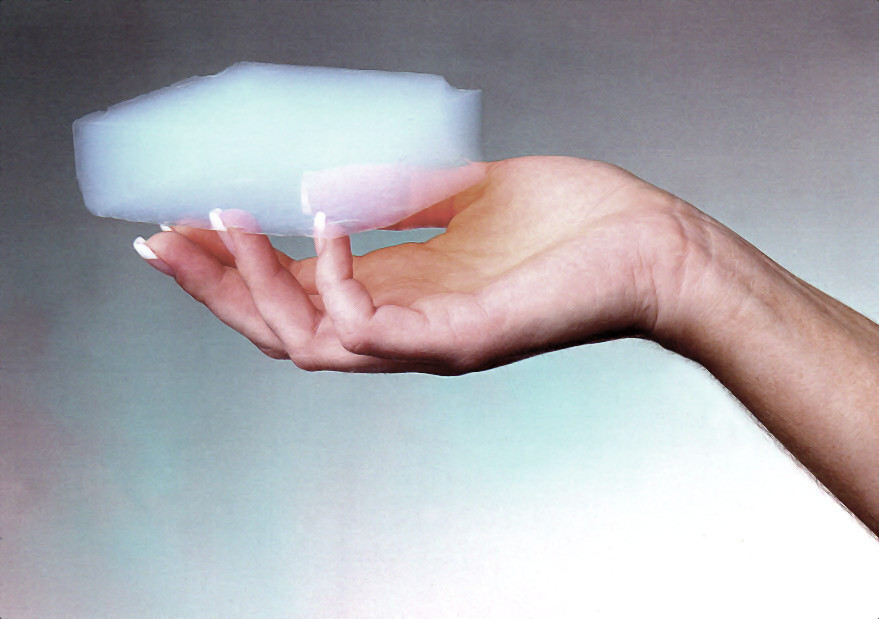Supercritical CO2 aerogel drying
Aerogels are the most light materials existing in the world. They possess a wide variety of exceptional physical properties due to their unusual morphologies. Aerogels are an extremely porous material (theirs porosity can be greater than 90% and the poro diameter range is 20-80 nm) with a very high surface area and other properties as a very low thermal conducivity, resistance to very high temperatures, very high compressive strength or high trasperency. Furthermore, additives can be added during the preparation of the gel to further modify or improve their properties.
Thanks to the gel formation process (called sol-gel) it is possible to produce aerogels in any desired shape and size depending on your needs.
Aerogels, with their particular properties, can be used in a wide range of applications, for example:
– pharmaceutical carriers for modified-release drugs;
– biomedical applications;
– catalist carrier;
– insulation for transparent surfaces;
– flame retardant materials;
– insulators for battery electric vehicles;
– insulation in jet propulsion;
– adsorbent material in aerospace explorations.
Aerogels are obtained by drying of organic or inorganic gels (it also possible to get organic/inorganaic hybrid aerogels).
Supercritical drying is the final and most important process in the production of aerogels .
If the drying of the gel is carried out at tmospheric pressure by a simple solvent evaporation, due to the high local pressures within the pores (caused by the surface tension of the solvent), the final product is a material with a completely collapsed network. This kind of dry gel is called xerogel.
In order to obtain a good aerogel without network ruptures, it is necessary to replace the solvent of the gel with a solvent that is able to pass into the gaseous state without causing the ruptures that occur as a result of pressures within the pores.To make this possible it is necessary to use a solvent that can be easily brought to the supercritical state because, when a fluid is in this state, there are no surface stresses. Once the solvent replacement has been carried out, it is possible to get a removal of the solvent without damaging its network.
There are two kinds of supercritical drying:
– low temperature drying (with CO2);
– high temperature drying (with organic solvent).
Since organic solvent require very high temperatures to reach the supercritical state and, if compared to CO2, are more expensive, hazardous to human health and more difficult to dispose, low-temperature drying with CO2 is the preferred technique for the production of aerogels. In addition, CO2 supercrical drying process is not producing any thermal stress which could damage sensitive materials. In this way, that drying tecnique is suitable both high temperature resistant (i.e. silica gels) and thermolabile (i.e. alginate gels) materials.
In addition, due to the ease with which it is possible to make the CO2 make several changes of state, solvent can be recovered purely for re-use.
However, due to the fact that in most situations the solvent of gels is water (for this reason they are called hydrogels), before proceeding with supercritical CO2 drying, the water must be replaced with a CO2-soluble solvent. For silica gels, for example, the solvent that replaces water is usually methanol or ethanol (the resulting gel is called an alcoholgel). For this reason, although to a much lesser extent in high-temperature drying, there is still a significant amount of flammable solvent even in low-temperature drying
Debido a la presencia de grandes cantidades de solvente inflamable, el sistema está diseñado siguiendo las pautas a prueba de explosiones.
Separeco builds custom supercritical drying systems able to meet the specific needs of the customers. In our company are designed and built both laboratories scale and industrial production machinery.

